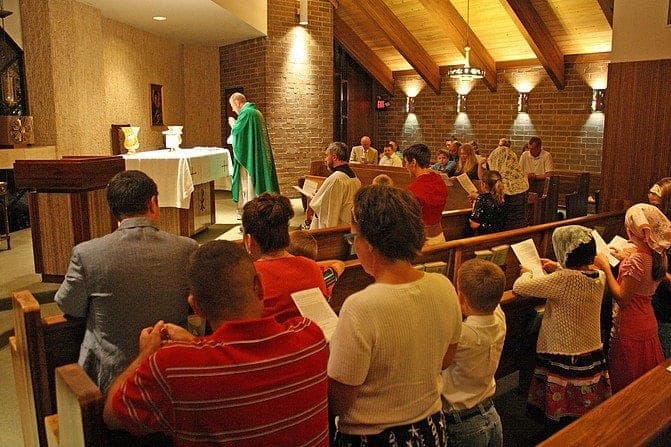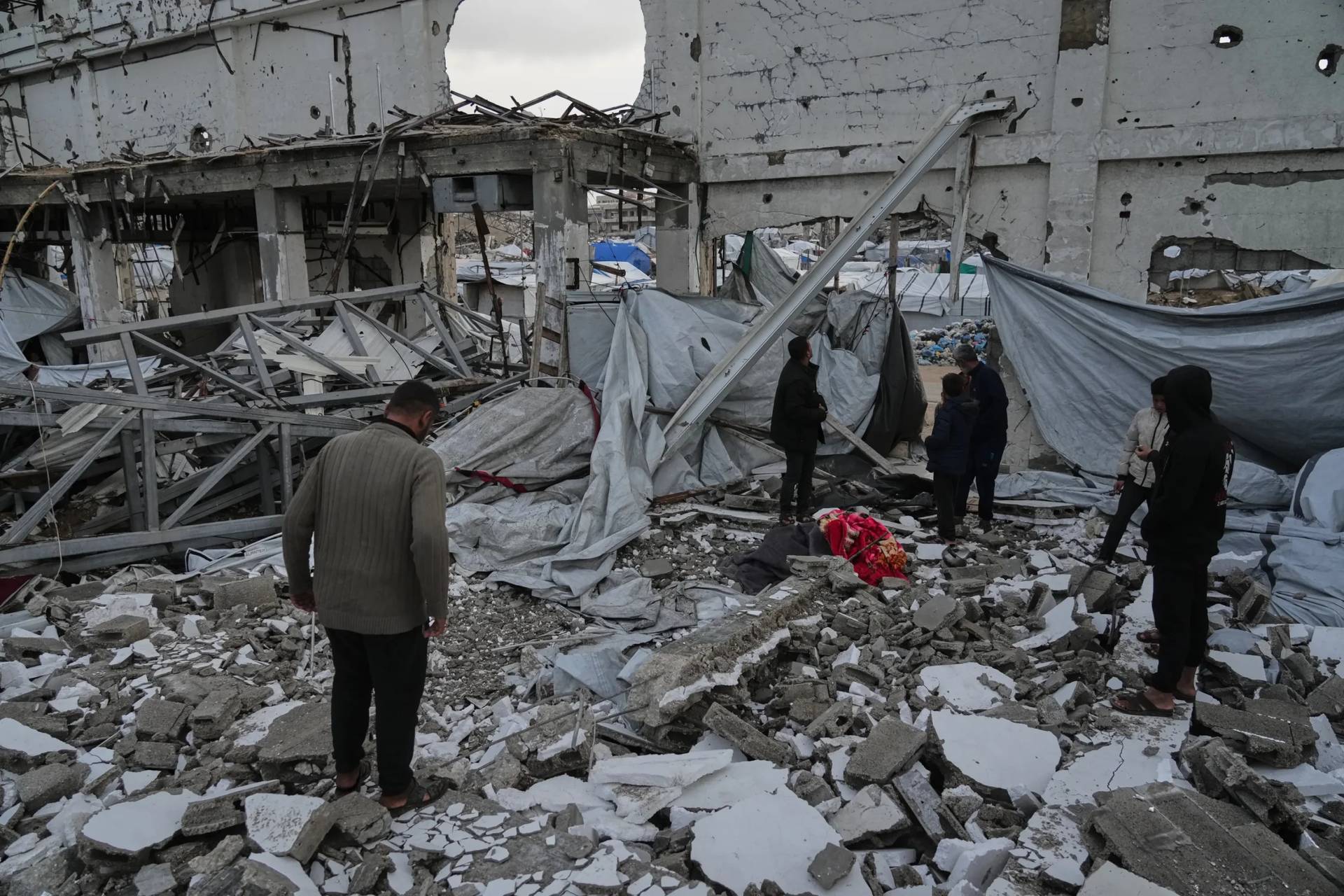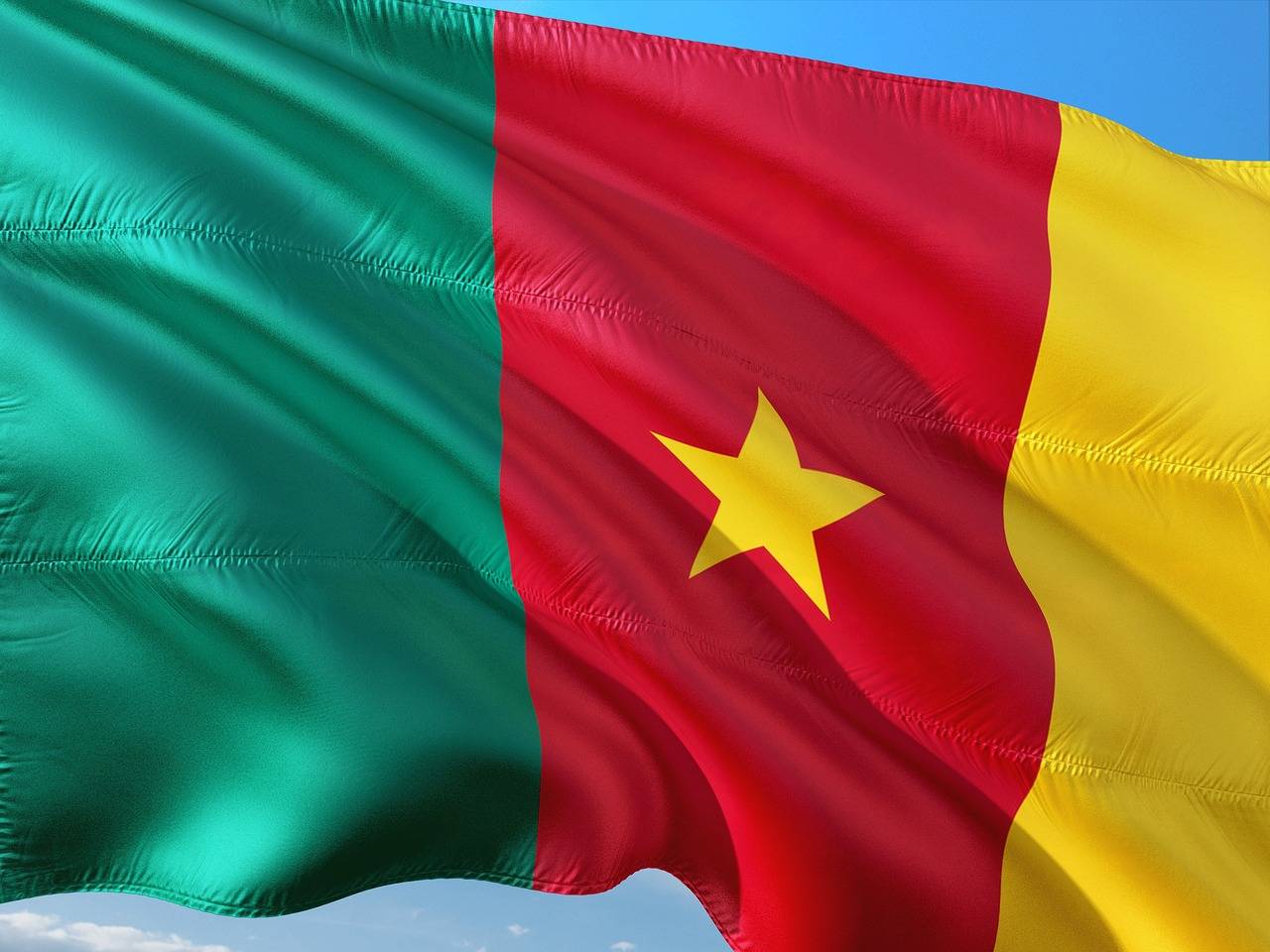In 2009, I was headed for a retreat with other men who had come into full communion with the Catholic Church from the Anglican tradition. As we traveled, we caught the news that Pope Benedict XVI had established a kind of “church within the Church” for Anglicans called “a personal Ordinariate.”
The Archbishop of Canterbury at the time, Dr. Rowan Williams, was taken by surprise, and it was clear that he was not pleased. Observers on both the Anglican and Catholic side of the ecumenical table were critical.
This was not a move forward ecumenically, they accused, but a simple attempt at “sheep stealing” on the part of the Catholics.
Supporters replied that Rome was simply responding to repeated calls from a small number of Anglicans for a mechanism whereby they could come into full communion with the Catholic Church while retaining the good things from their Anglican tradition.
At the priests’ retreat, we were full of questions about the new ordinariate. Over the last seven years the answers have come clear.
Three ordinariates have been established: in the U.K. the Ordinariate of Our Lady of Walsingham; in the U.S., the Ordinariate of the Chair of St Peter; and in Australia, the Ordinariate of Our Lady of the Southern Cross.
These personal ordinariates have their own bishop or, if he is a married former Anglican, an ordinary. They have a Vatican-approved Anglican-style liturgy, their own clergy, religious orders and autonomous governance.
One of the hallmarks of the Anglican Ordinariates is the enthusiasm and involvement of the laypeople. Although the institution was devised and established by Rome, the influence and initiative has been from the grass roots.
I spoke to Shane Schaetzel, a layman in Missouri who heard about the new Ordinariates and who saw them as a great opportunity and got busy establishing a local Anglican style Catholic community.
Longenecker: Shane, what is your own family faith background?
Schaetzel: My father comes from a long line of Lutherans, my mother comes from the Southern Baptist tradition of the Appalachian Mountains in Western Tennessee. So I was baptized in the Missouri Synod of the Lutheran Church, but raised in the American Baptist Church.
At the age of 20 I started attending an Evangelical Church called Calvary Chapel. There I met my wife, a former Methodist, and trained for ministry.
When and why did you feel drawn to the Catholic faith?
The draw to the Catholic faith began in the late 1990s, as I studied the Church Fathers and the Jewish roots of the Christian faith. These helped me gain an appreciation for the liturgical side of worship. The high church liturgy of The Episcopal Church seemed to offer the kind of solemnity and reverence we were looking for.
It was the Anglican liturgy that first drew us into the Eucharist as the focal point of Christian life. Then it was the Eucharist that drew us into the Catholic Church.
How did you go about starting an Ordinariate community?
I initially checked with some friends, to see if there would be an interest. Then I approached my diocesan Bishop, James V. Johnston Jr., about the possibility of starting a prayer group using the Daily Office from the Anglican Use, Book of Divine Worship.
Johnston was extremely supportive. I cannot stress enough how important it was at that time to get the blessing of the local bishop, nor can I express enough the magnitude of assistance and encouragement that he provided.
Our group began meeting for Evening Prayer in early 2010. In late 2014 the Ordinariate of the Chair of St Peter provided a priest to celebrate mass for us once a quarter. This stabilized our group, and we were able to draw in some new converts to the Catholic faith.
In 2015 we were given St. George as our patron and officially recognized as a Church community. In 2016, the Ordinariate provided a parochial administrator to care for our community, who now says Mass for us weekly, and celebrates weekly Evening Prayer.
How large is your community?
Currently we are at about 30 people, but we get new visitors all the time, and many of them are people seeking to become Catholic.
Where did you start worshiping as a community?
Johnston initially provided space at a local parish for us to begin our Evening Prayer services. When our first Ordinariate priest arrived for quarterly celebration of mass, we remained at the local Catholic parish.
However, when our parochial administrator arrived for regular celebration of Mass, the diocese allowed us to use a large swath of land in Republic, Missouri, which has three buildings on it. One serves as a rectory for our parochial administrator and his family. Another serves as a chapel and church office. A third will likely serve as a guesthouse for visiting Ordinariate personnel.
Do you have your own priest? What is his relationship to the ordinariate HQ in Houston,Texas?
Yes, our parochial administrator is Father Chori Seraiah, a married former Anglican priest, who is now a Roman Catholic priest of the Personal Ordinariate of the Chair of Saint Peter. Seraiah also works to assist at some local parishes in the Diocese of Springfield-Cape Girardeau.
What do you reply to those who say the Ordinariate is divisive and “sheep stealing”?
The Ordinariate has always been an institution for those who want it, and in both communions, Anglican and Catholic, there has always been only a certain group of people who want it.
This is an attempt to help a small group of Christians who felt separated from both the Anglican church and the Catholic Church, not an attempt to steal sheep from the Episcopal Church or from other Catholic parishes.
The Anglican patrimony is a beautiful liturgical tradition, but it’s not for everyone. It has a distinctively English feel to it, and draws heavily upon the medieval Sarum Rite. Some Catholics will love it, others will not.
It’s been my experience that good and faithful Catholics fall on both sides of that.
In what way is the Ordinariate a positive move forward ecumenically?
Authentic ecumenism begins with dialogue, but it doesn’t end there. There has to be a goal dialogue moves toward, and that goal must always be unity.
It seems that modern ecumenism has in many cases been stalled in endless dialogue. Real unity must be the goal, and the ordinariates are the first tangible sign of accomplishing that in the Western world.
Sects demand uniformity, but the Catholic Church exists in unity, not uniformity. Unity draws different people, of different traditions, into one common faith.
The ordinariates represent a positive step in that direction. As Catholics, we must all have one faith, but when it comes to liturgy, traditions, customs and sensibilities, there is room for variety. Indeed, this variety only makes the Catholic Church stronger and enriches everybody within her.
In this sense, the ordinariates are the “next step” in ecumenical relations.
Isn’t this just another traditionalist throwback, an exercise in ecclesiastical nostalgia like other traditionalist movements?
I’m going to have to take issue with the word “throwback” here! All of Catholicism is a “throwback,” isn’t it? The modern Church is built on the medieval Church which is built on the ancient church which goes back to the Apostles.
What a throwback!
The real question here is: are we just another “traditionalist movement?” Traditional is when one uses tradition to point one toward a higher direction, like a doctrinal truth, for example. A traditionalist, on the other hand, is one who defends tradition solely for its own sake and nothing more, as if the tradition was more important than the thing it signifies.
A traditionalist is an ideologue, one who loves tradition is an idealist. So in answer to that question, we are traditional, but not traditionalist.
How might the ordinariates bring new life and unique gifts to the Catholic Church?
I think the ordinariates remind mainstream Catholics of a time nearly forgotten, a time before the Reformation when Western Christians were relatively united, each language and culture having some of its own unique liturgical styles to go along with it.
In observing the Anglican patrimony in action, mainstream Roman Catholics will gain a deeper understanding and appreciation for the Roman Patrimony. In addition, we now have a whole new body in the Catholic Church that exists primarily of converts, and this is going to bring an entirely new perspective and energy into the mainstream Church.
How might the ordinariates evangelize non-Catholic Christians?
We’ve already seen this happen at St. George. Some of our new members are former Baptists, having no Anglican history at all. So it just goes to show that one doesn’t need to be an Anglican to be attracted to the Anglican patrimony!
The Anglican patrimony has been a fountain of culture and spirituality for English-speaking people for centuries, but the stream of English spirituality broke away at the Reformation.
Bringing Anglican style worship and spirit into full communion with the Catholic Church doesn’t just preserve it. It renews and energizes it. In time, this will also renew Catholic culture in the Anglophone world.
Granted, that may still be a long way off, but I believe the long-term effect is inevitable.
How have the people in your part of the country responded to the formation of this community?
We’ve had mixed reactions. Those who understand what we’re about are usually enthusiastic. Those who misunderstand are usually tepid and reserved.
For Catholics, the biggest challenge has been just understanding that we are Catholic too, and that we’re not some kind of breakaway sect. Anglicans and Methodists pretty much understand what we’re about, and those who are interested are now joining us.
In our area, here in the Ozarks, the largest pool of Christians are Baptist and Pentecostal, and when it comes to our relations with them, its no different than any other Catholic parish: they are polite but suspicious.
However, there is a thirst for liturgical worship among many Evangelicals. Maybe our English style doesn’t seem as threatening or foreign as some other forms of Catholicism, so that means they can find in the Ordinariate a bridge across the Tiber.














